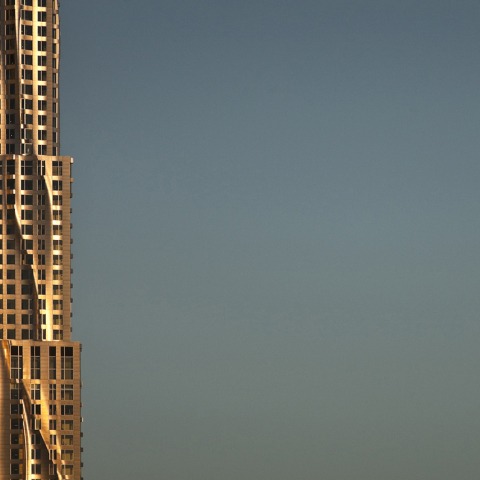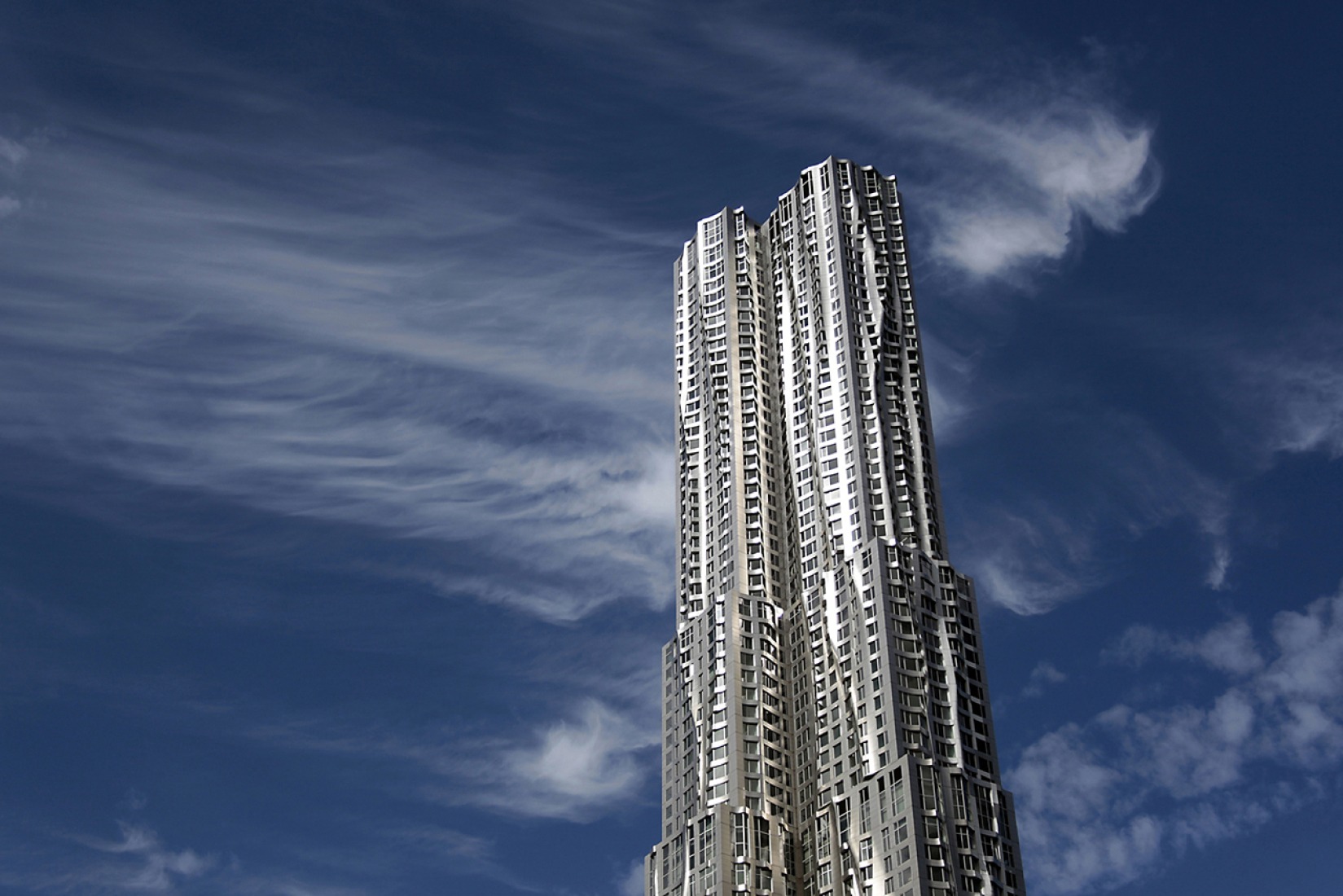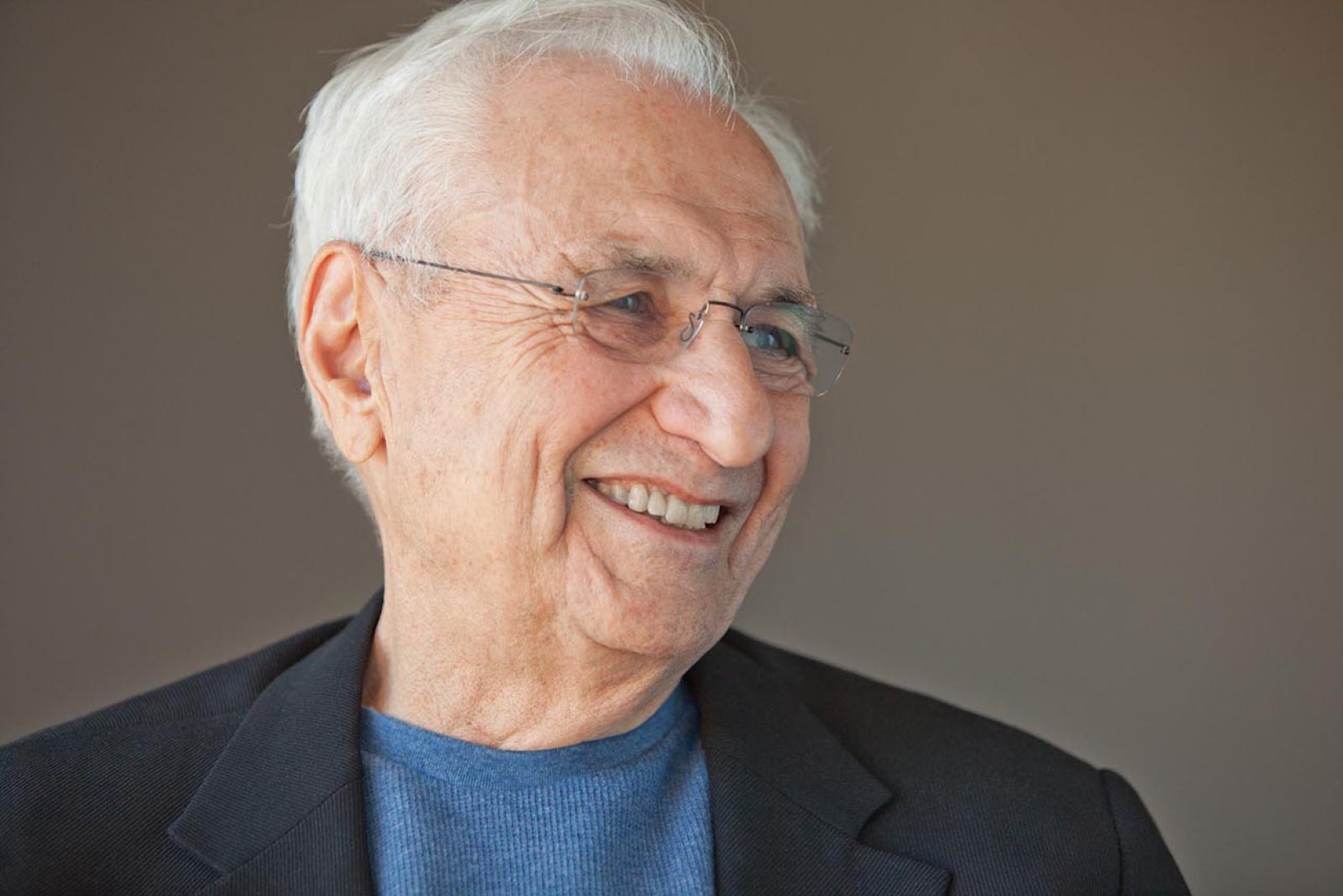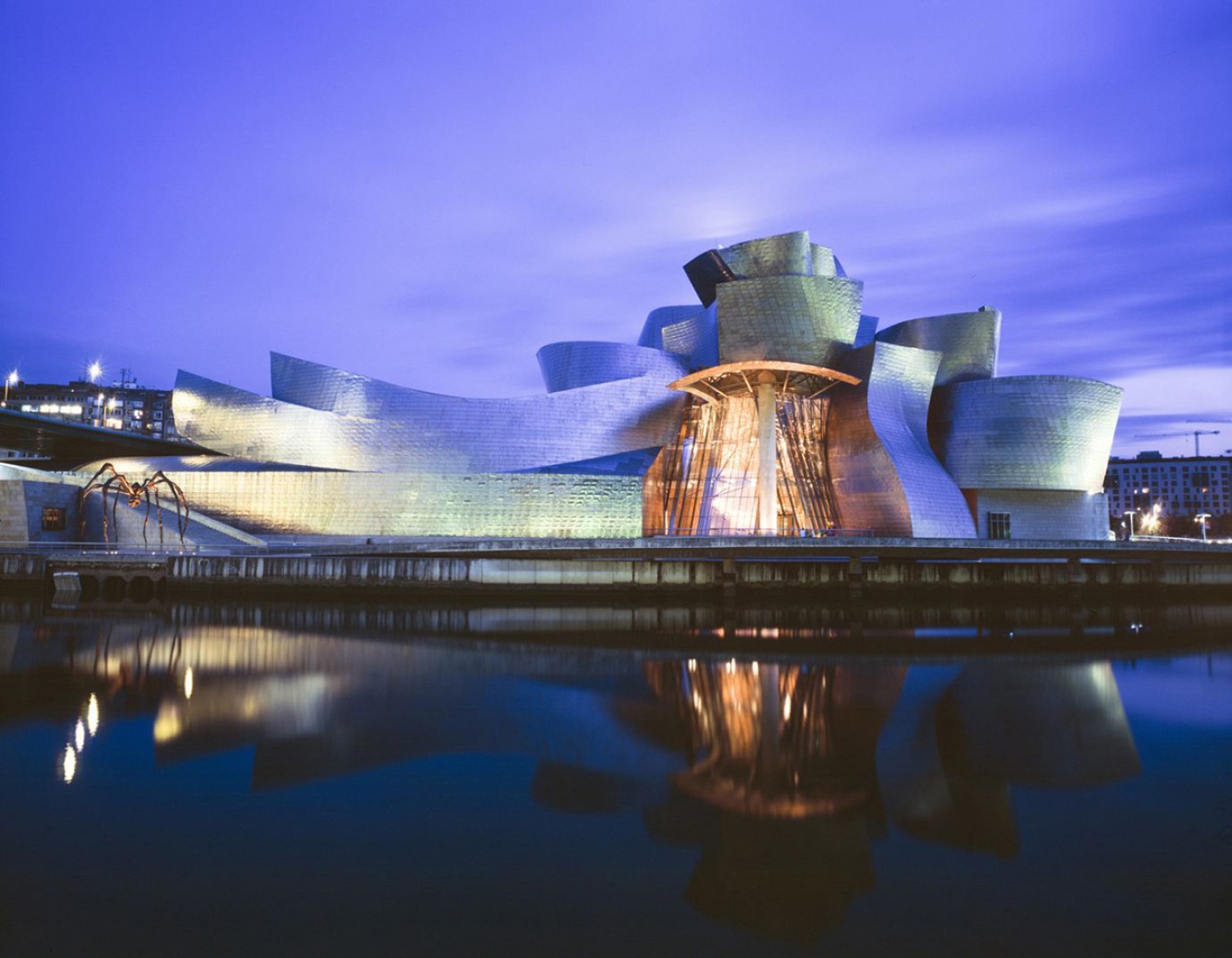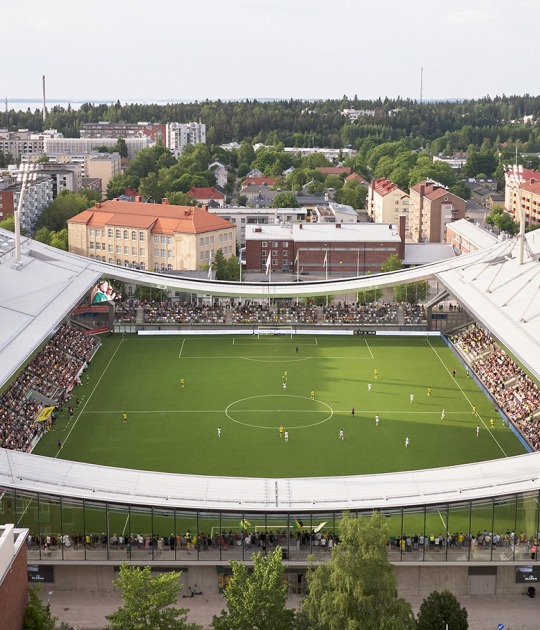His project for Louis Vuitton, of course, is a show that brings together the whole range of the architect's methods, aesthetic codes and modes of expression, while at the same time he seems to want to represent a new stage in his work. The titanium plates were relegated and the use of glass was stressed to give life to his vision of a building that wanted to be light, luminous, designed to stand out and stand out against a green background, the Jardin d'Acclimatation in the Bois de Boulogne, a park from the end of the 19th century.
This week the architect achieved the same singularity and outstanding recognition for himself, with the awarding of the Prince of Asturias Prize for the Arts.
Exemplary.
The singularisation achieved by the awarding of the prize was surprising, if we understand the prizes as exemplary acknowledgements that a society grants to highlight a specific work or trajectory as a reference. In a time of doubts, in which now more than ever and in view of the consequences of the crisis, the positions on what architecture should be and what its role is in our society are closer to its social function than to its iconic representation, the surprise at the dubious exemplarity of the prize was evident in the doubts of the jury when it expressed itself in making its decision public.
"Like all prizes, this one has a problem and that is that when someone wins, they deserve it and an act of justice is committed, but also one of great injustice to others," said the president of the Spanish Film Academy, Enrique González Macho. For her part, Benedetta Tagliabue commented "There are many colleagues to defend", referring to the architects who opt for the award. He acknowledged, however, that the jury tends to "vary" the discipline awarded and since in 2012 was awarded to architect Rafael Moneo and "there are many arts", among his preferences were candidates dedicated to music, film and theater. Elena Ochoa, the wife of architect Norman Foster, who won the award at the time, was also more inclined towards the visual arts.
The subsequent statements made by two of the previous winners, Norman Foster and Rafael Moneo, were sharper and more committed, making a clear, explicit and undoubted recognition of the Canadian architect.
If architecture were only art, plastic expression, individual and visual, over and above its social values and its condition of necessity, something whose knowledge did not depend on society, then it is clear that the prize was right.
End or continuity.
From Santa Monica, in Los Angeles, Gehry admitted his special gratitude for the awarding of the Prize and with it the importance that the construction of the Guggenheim in Bilbao had signified in his career, well above the value of the Pritzker Prize that he had won a decade earlier in 1989. The prizes can be a launching springboard at certain times, but they can also mean a period and end in a career (something of this seemed to happen at the San Fernando Academy, a few weeks ago with the presentation of Baldeweg, Moneo and Bohigas, where you could see reflected the discomfort with which they expressed themselves and seemed to recognize each other in the videos that motivated the act), so Gehry was quick to point out "Let it be clear that I continue working".
Trajectory.
The trajectory of one of the most popular architects in recent decades has always been presented from his condition as an individual figure, made to himself. Always presented as the son of Canadian immigrants, Frank Owen Goldberg was born in 1929 in Toronto (Canada), adopting American nationality after moving to Los Angeles with his parents in 1947.
In 1954 he graduated as an architect. His immigrant status is not something that is only told in historiographies, it is something that he also uses systematically, and thus he expressed himself talking about the importance of building a skyscraper like the Beekman Apartment Tower, in Manhattan "the city where my father arrived as an immigrant".
No one can deny that Frank Owen Goldberg's trajectory has been unique even in his name. Whether it's because he comes from a Jewish family and feels discriminated against as a child in Toronto (his Jewish status has been something he has used to explain different episodes of his life, such as Moneo's hand kiss in the Cathedral of Los Angeles, for which he said he lost the commission), or because in Los Angeles he quickly understood that to succeed one of the first conditions is to have an artistic name to break through or simply because he did it coinciding with the acquisition of nationality, at 25, the reality is that he changed the name, to become Frank Gehry.
A trajectory that he has been modelling even with films like the one directed by his friend the director Sydney Pollack in the year.
